Top 10 architecture moments of 2009
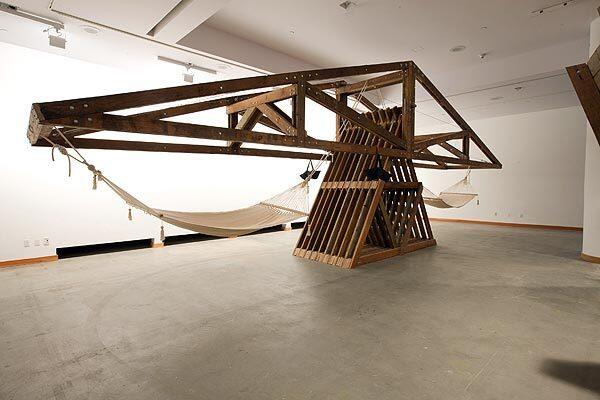
By Christopher Hawthorne, Times Architecture Critic
The talented and influential young Tokyo architecture firm Atelier Bow-Wow, after carefully studying the landmark postwar Case Study program, designed three structures for REDCAT’s main gallery. Made of salvaged wood and open to the air, they hovered poetically between art and architecture, and between hardened and sweetly optimistic. (Seth Wenig/Associated Press)
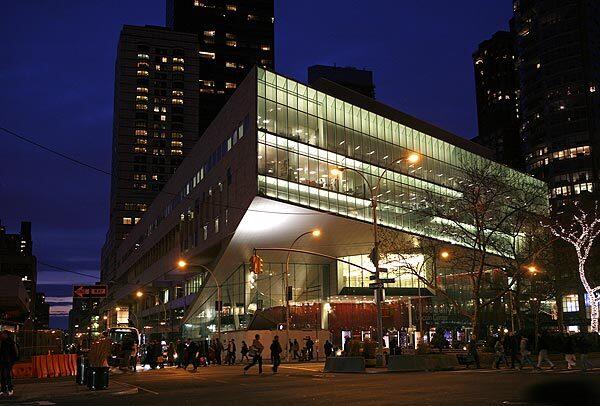
Alice Tully Hall at Lincoln Center, Diller Scofidio & Renfro, New York, February, and the Wyly Theatre, Dallas Center for the Performing Arts, REX/OMA, Dallas, November. A joint honor: If neither one was transcendent as architecture, together they helped breathe new life into the design of spaces for the performing arts, Alice Tully (above) with warmhearted invention, the Wyly with cool, rather standoffish smarts. Both stuck with me long after I’d decided they were ready to be forgotten. (Carolyn Cole / Los Angeles Times)
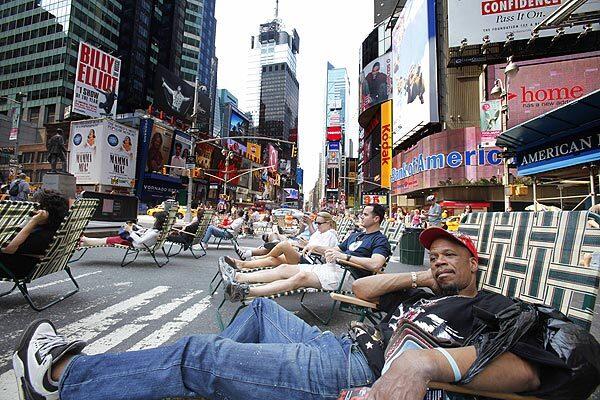
If New York City’s forward-thinking transportation commissioner, Janette Sadik-Khan, can remove lanes for car traffic to create space for bikes and pedestrians on Broadway in Manhattan, remind me why we can’t do the same in Los Angeles? (Seth Wenig / Associated Press)
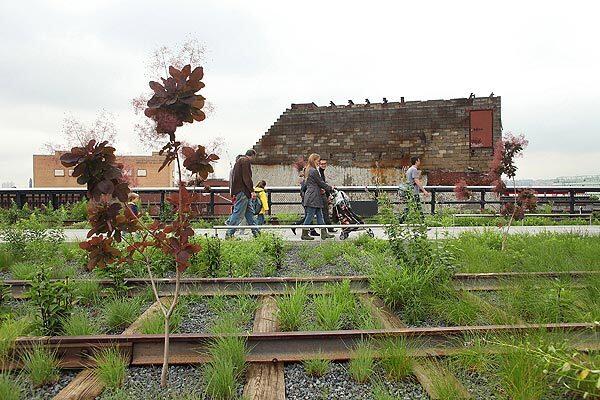
Landscape firm Field Operations and architects Diller Scofidio + Renfro transformed a stretch of abandoned railway into the High Line, the elevated park in Manhattan that opened to great acclaim last year. (Spencer Platt / Getty Images)
Advertisement
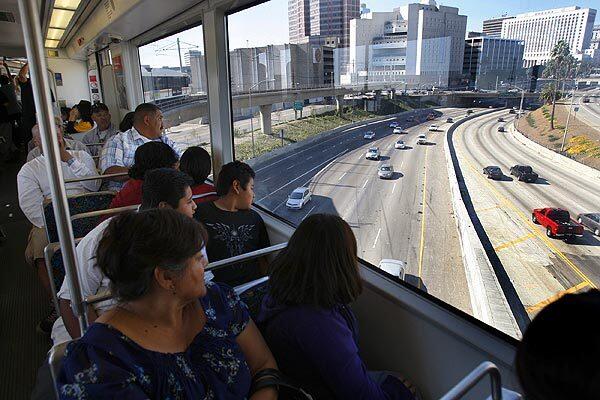
If none of the stations themselves are world-beating as pieces of architecture, the November extension of the Gold Line through Little Tokyo and into East Los Angeles was a reminder of how profoundly new transit is remaking the physical and psychological terrain of the city. (Allen J. Schaben / Los Angeles Times)







